
Feline Leukemia: Causes, Symptoms, and Natural Alternatives
If you're a cat owner, you're probably familiar with the feline leukemia virus.
Indeed, when we talk about feline leukemia, we're most often talking about the FeLV virus, rather than a blood cancer. That said, this virus has the insidious power to cause cancer. I therefore invite you to consult our complete guide on cancers in cats for more details on this subject.
The feline leukemia virus is easily transmitted between cats in a variety of ways. It can cause a range of symptoms that can be life-threatening.
- Click to learn more: 👉 Natural product for your cat affected by cancer 🐱
In my career as an animal health technician, I have cared for several stray cats and it was common for these cats to test positive for this virus.
Read on to learn about the different forms of the disease, its signs, and treatments to consider for an affected cat. See below for everything you need to know about feline leukemia.
What is leukemia in cats?
Feline leukemia (FeLV) is one of the most common infectious diseases in domestic cats. It affects approximately 3% of the feline population in Europe and more than 20% of cats considered at risk (cats that go outdoors unsupervised, those in direct contact with an infected cat, and kittens born to an infected mother).
What causes feline leukemia?
As mentioned above, feline leukemia (FeLV) is caused by a retrovirus, a virus in the same family as HIV. Fortunately, fewer and fewer cats are affected by this disease, as a vaccine is now available against it.
What is the difference between feline leukemia virus and leukemia/blood cancer?
Most often, when referring to leukemia in cats, we're talking about the FeLV virus described throughout this article. However, this virus is the main cause of blood cancer (lymphoblastic leukemia) in our kitties. It gradually destroys the affected cat's immune system and compromises its ability to form new, healthy blood cells.
What are the symptoms of feline leukemia virus?
In the early stages of infection, it is common for cats to show few, if any, symptoms of feline leukemia. Depending on the individual, signs may begin to appear after a few weeks , months, or years. These symptoms may include:
- Decreased appetite
- Gradual weight loss
- Poor coat quality
- Enlarged lymph nodes
- Fever
- Pale mucous membranes (gums)
- Inflammation of the gums (severe gingivitis) and mouth (stomatitis)
- Frequent secondary infections: skin infection, abscess, urinary tract infection, upper respiratory tract and/or eye infection (rhinotracheitis or cat flu for those in the know)
- Chronic diarrhea
- Seizures, behavioral changes, or other neurological conditions
- Abortion or other reproductive disorder
Stages of Feline Leukemia and Their Life Expectancy
A cat that comes into contact with the feline leukemia virus is not necessarily doomed. An exposed cat's immune system can respond in a variety of ways . These are described below.
Virus neutralization
Fortunately, some cats manage to fight off the virus! Their immune system quickly gets rid of the virus, and the animal then develops immune defenses against this disease. The life expectancy of these kitties therefore remains the same as that of a cat that has never had contact with this disease.
Regressive infection
A regressive infection occurs when the virus replicates very little in the body. Few cells in the body are infected. These cats are not actively contagious, but could transmit the virus via blood transfusion. These cats may appear normal for a while and may even be able to clear the virus completely.
Latent form
Latent infection occurs when a moderate number of infected cells are present in the body. These cats are not contagious while the virus is latent (dormant).
However, the virus has the potential to "wake up" at any time, when the immune system weakens or the cat experiences stress. Symptoms often appear when cats are young adults, between maturity and 5 years of age.
Persistent viremia
Viremia occurs when the virus spreads through the bloodstream. The virus is then actively shed into the environment, including through saliva. This form of infection can be considered the final stage of the disease.
Viremic cats have weakened immune systems. This makes them more susceptible to secondary infections and makes wound healing slower and more difficult. When this viremic phase persists, sick cats develop anemia (low red blood cell counts) and lymphoma (lymphatic cancer).
The life expectancy of these cats is approximately 2 to 5 years after initial infection, but rarely exceeds 3 years.
Is feline leukemia contagious?
The virus is not contagious to humans, but as you may have guessed, it is highly contagious between cats. Cats that are affected by a persistent form of feline leukemia are the source of contagion.
Here are the different modes of transmission of feline leukemia:
- Saliva (primary mode of transmission)
- Nasal secretions
- Urine
- Faeces
- Milk from an infected mother
- Blood (bite, blood transfusion, via a contaminated instrument or needle)
- Gestation (the mother can transmit the virus to her young)
How contagious is feline leukemia?
Sneezing, sharing a litter box between two cats in the home, sharing food or water bowls, and grooming between two cats are sufficient for transmission of the feline leukemia virus.
Treatments for feline leukemia
There is no specific treatment for feline leukemia. Veterinarians can only offer supportive care to cats showing active signs of the disease and treat secondary infections. However, don't give up!
Feline leukemia vaccine
Your veterinarian will likely recommend vaccinating your young kitty against feline leukemia during their first wellness exam. This vaccine has indeed been proven effective. That said, it's a good idea to have your cat screened before vaccinating them, as if they're already carrying the virus, the vaccine won't be necessary.
As with any vaccine, there is always a risk of side effects, so consider your cat's lifestyle to determine if the vaccine is appropriate for them.
Support your cat fighting feline leukemia with our NATURAL product
PIPTOANIMO supports the animal as it fights against cells affected by the virus, whether they are cancerous or not . This natural product can therefore support your pet even in the early stages of feline leukemia. It helps maintain your cat as it fights against the development of cancer following infection by the virus.
If your cat is already actively fighting cancer, this product is also a valuable ally because it will support them in their fight against cancer cells. This natural product contains a surprising medicinal mushroom.
SILVERPET is also a holistic tool to have in your arsenal against feline leukemia. Colloidal silver will support your pet as it fights viral particles, while also helping maintain its vitality if it develops secondary infections.
Whether your cat is affected by the feline leukemia virus (FeLV) or a blood cancer, this product is an excellent choice for both. It promotes a healthy immune system.
Now that you're experts in the field of feline leukemia, you can watch for signs in your cat so you can take action quickly.
Does your cat have feline leukemia? Contact our healthcare professionals for personalized recommendations.



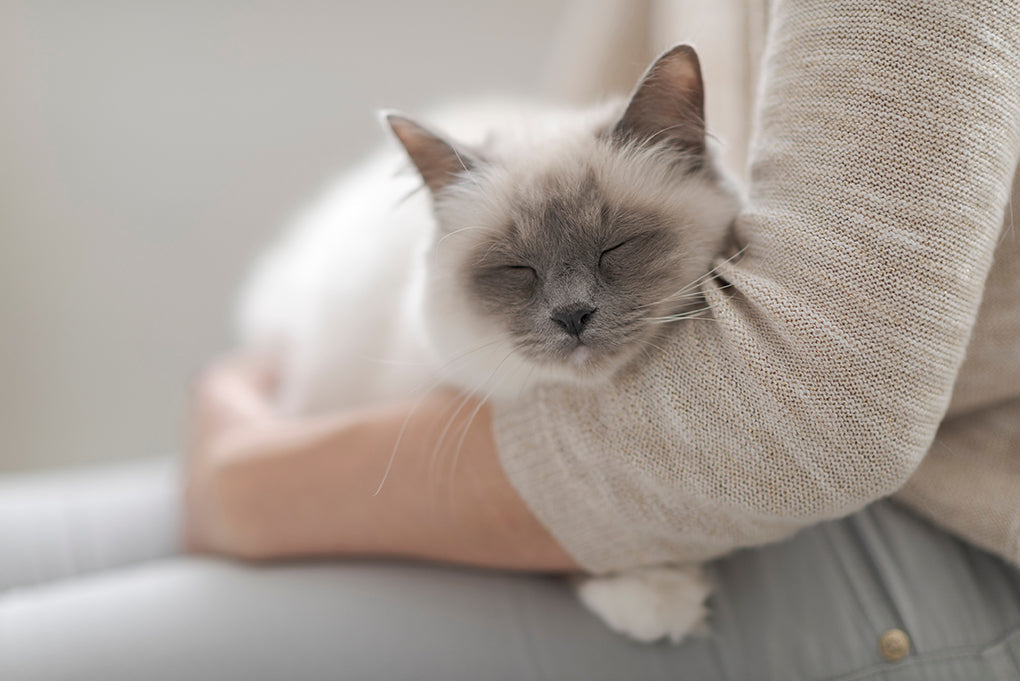
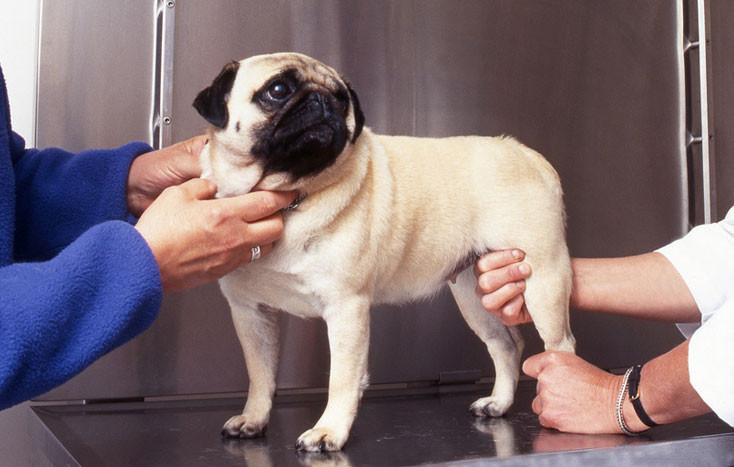
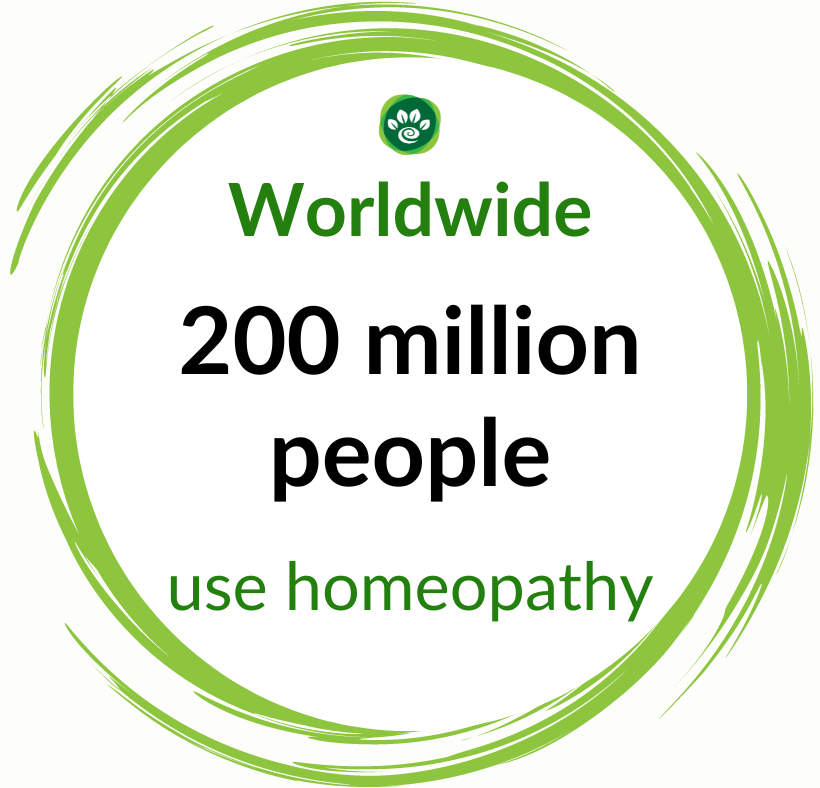
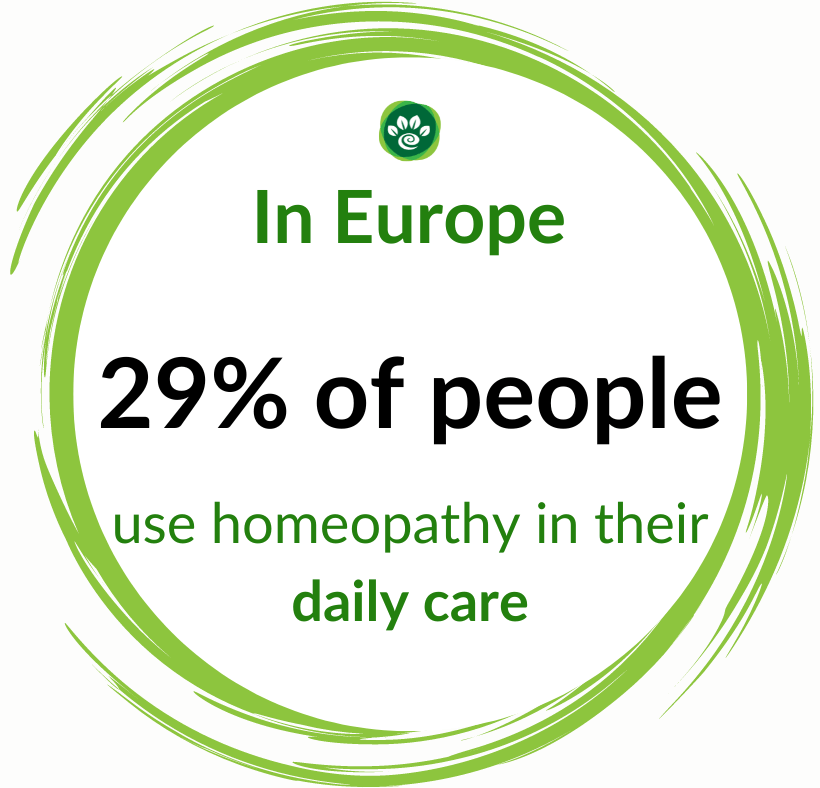
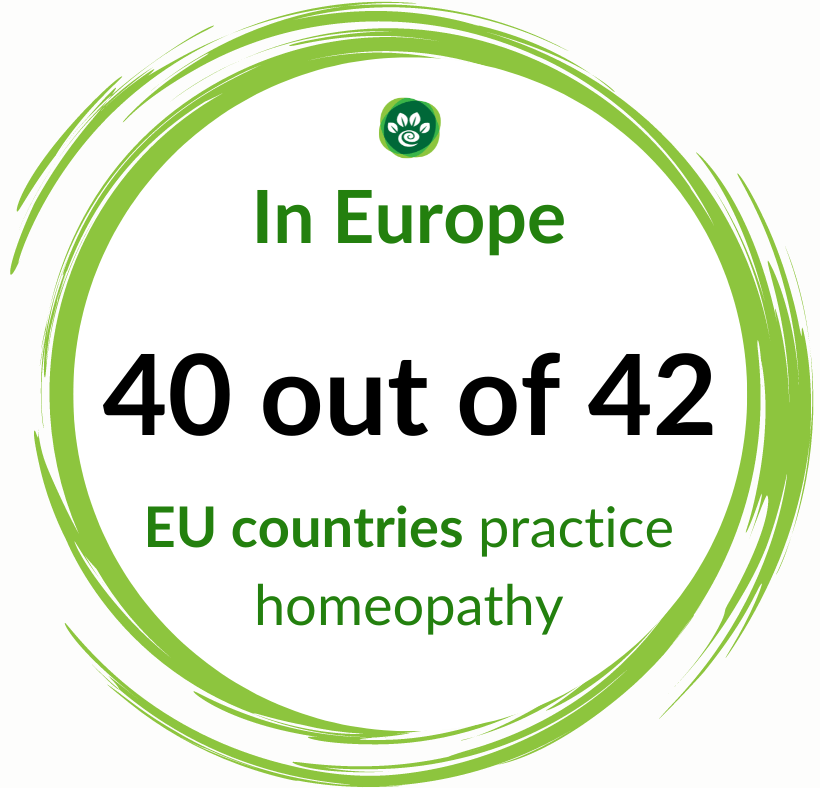
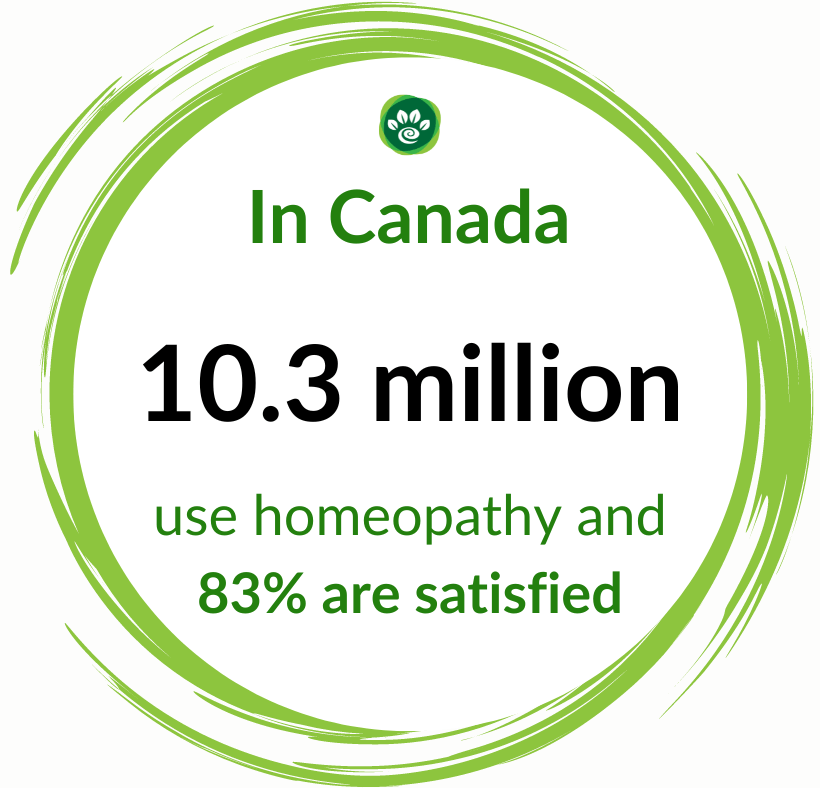
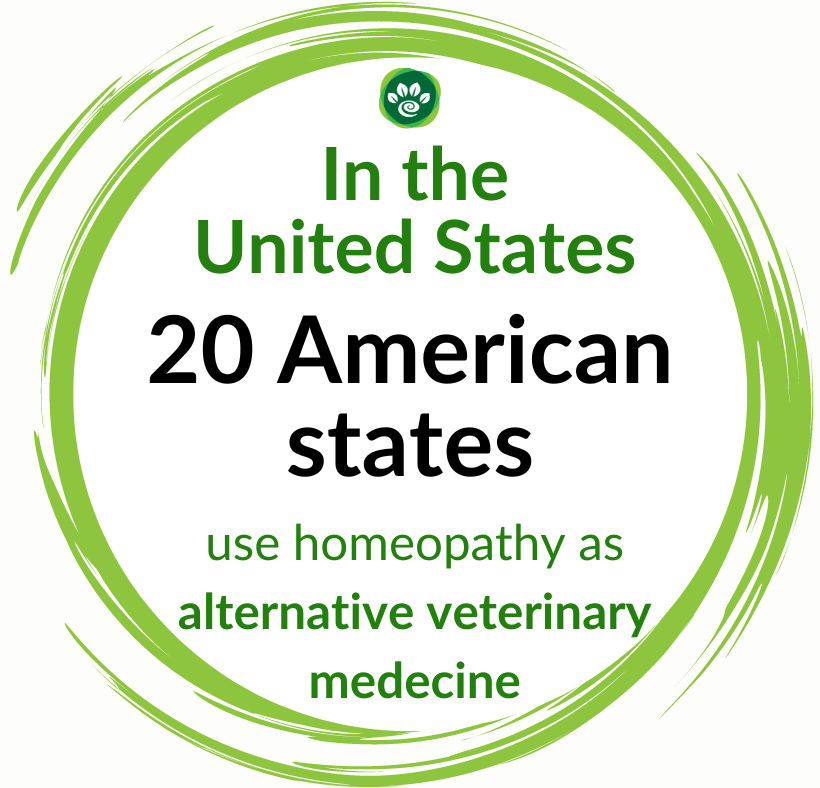










Leave a comment
This site is protected by hCaptcha and the hCaptcha Privacy Policy and Terms of Service apply.